Director’s Message
organisation in the field of Autism with a total of over 150 years of collective person years of experience in the disability field we firmly believe and reiterate the impact on children when parents become their primary therapists. Keeping this in mind we have designed training modules targeted at parents of children in the age groups of 2-6 years (pre- school group), 6-8 years (junior group), 8-11 years (pre-teen group), 11 years and above (teen group). The modules have been designed by the CADRRE team drawing from international best practices.
We believe that the impact this program will have on parents will have a profound positive influence on our children.
– G. Vijaya Raghavan,Hon. Director, CADRRE
Workshop on Personal Safety and Sexuality Education
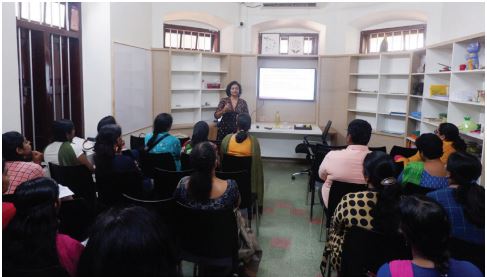
Renu Singh, parent of a teenage girl on the spectrum, special educator and consultant trainer with Project Suvidha, Enfold trust, Bengaluru, conducted a one day workshop for the parents of children in the age group of 8-16 years at CADRRE. Enfold India reaches out to children and adult stakeholders across the country to address gender and sexuality with a special emphasis on prevention of child sexual abuse through education and training.
Children on the Autism spectrum often face multiple learningchallenges that affects the way they process information.However, this challenge can be overcome to a great extent if a structured approach is followed. An approach that breaks down complex ideas into simple steps. Some tips that be followed
while teaching personal saftey are:
• Teach them what constitutes a ‘Safe behaviour’ and ‘Unsafebehaviour’.Make two piles- Safe/Unsafe behaviour. Pick out acard and ask the child to put it in the appropriate pile
• Help the child in identifying a ‘safe adult’ both at home andschool. Make it a point to name this ‘safe adult’ and provide adults who are identified as ‘safe adults’. Mention names of adults identified as ‘safe adults’.
• Teach them safe/unsafe behaviour using cards that correspond to traffic light signals – for example green for
correct and safe behaviou and red for incorrect and unsafe behaviour.
• Avoid saying “Do not let anyone touch you there’’, as this places the onus on the child, and hence the blame of
preventing abuse, on the child.
• Help children recognise and describe what makes them feel safe and unsafe. Safe and unsafe feelings are sometimes referred to as ‘yes’ and ‘no’ feelings.concrete instructions to reach out to this ‘safe adult’ in case of need. Safe adults are those adults who follow personal safety rules for themselves and others.
• Refrain from using commonly used terms such as the ‘good touch’ and ‘bad touch’ as this might seem ambigous to children and can misguide them.Instead use phrases like ‘safe touch’ and ‘unsafe touch’•
• Help them understand it is inappropriate and unsafe to talk about and touch their privates in front of people. Teach them to confide only in Renu Singh, parent of a teenage girl on the spectrum, special educator and consultant trainer with Project Suvidha, Enfold trust, Bengaluru, conducted a one day workshop for the parents of children in the age group of 8-16 years at CADRRE. Enfold India reaches out to children and adult stakeholders across the
country to address gender and sexuality with a special emphasis on prevention of child sexual abuse through education and training.Teaching Personal Safety Rules Children on the Autism spectrum often face multiple learning
challenges that affects the way they process information.However, this challenge can be overcome to a great extent if a structured approach is followed. An approach that breaks down complex ideas into simple steps. Some tips that be followed while teaching personal saftey are:
• Teach them what constitutes a ‘Safe behaviour’ and ‘Unsafe behaviour’.Make two piles- Safe/Unsafe behaviour. Pick out a card and ask the child to put it in the appropriate pile
• Help the child in identifying a ‘safe adult’ both at home and school. Make it a point to name this ‘safe adult’ and provide adults who are identified as ‘safe adults’. Mention names of adults identified as ‘safe adults’.
• Teach them safe/unsafe behaviour using cards that correspond to traffic light signals – for example green for
correct and safe behaviou and red for incorrect and unsafe behaviour.
• Avoid saying “Do not let anyone touch you there’’, as this places the onus on the child, and hence the blame of
preventing abuse, on the child.
• Help children recognise and describe what makes them feel safe and unsafe. Safe and unsafe feelings are
sometimes referred to as ‘yes’ and ‘no’ feelings.
Art fora Cause

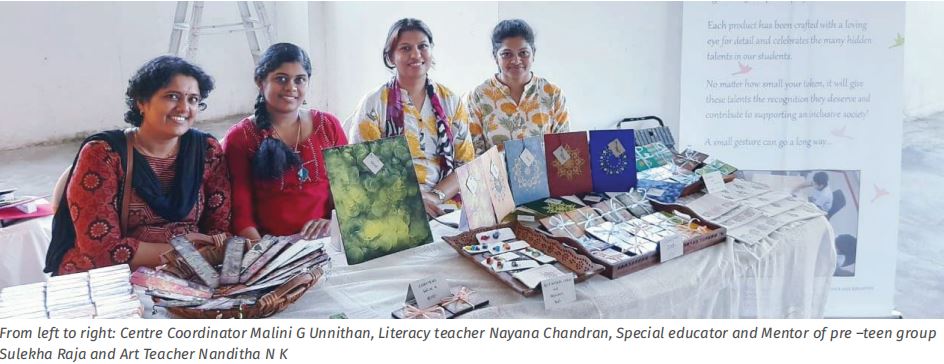
CADRRECalendar 2020

CADRRE brings out a desktop calendar every year that highlights an aspect of Autism. These calendars spread awareness and educate people about Autism and its many facets. While the first issue for the year 2018 highlighted successful people on the spectrum who have managed to create a niche for themselves in their respective
fields; the second issue celebrated mothers of children on the Autism spectrum, who have gone that extra mile to not just help their own child but also other individuals on the spectrum.In this year’s calendar we feature organisations including those started by parents of individuals on the spectrum from all over the world that support those on the spectrum to lead a life with dignity and earn a livelihood.These stories inspire us and show us what the adults on the spectrum are capable of, when given the right support and certitude in their ability to transform themselves to achieve their potential. From a gutsy dad who started a car washing company for his autistic son to a multinational company like SAP, these organisations are showing the way towards an inclusive
society which establishes that everyone, inspite of their challenges, is good at something!
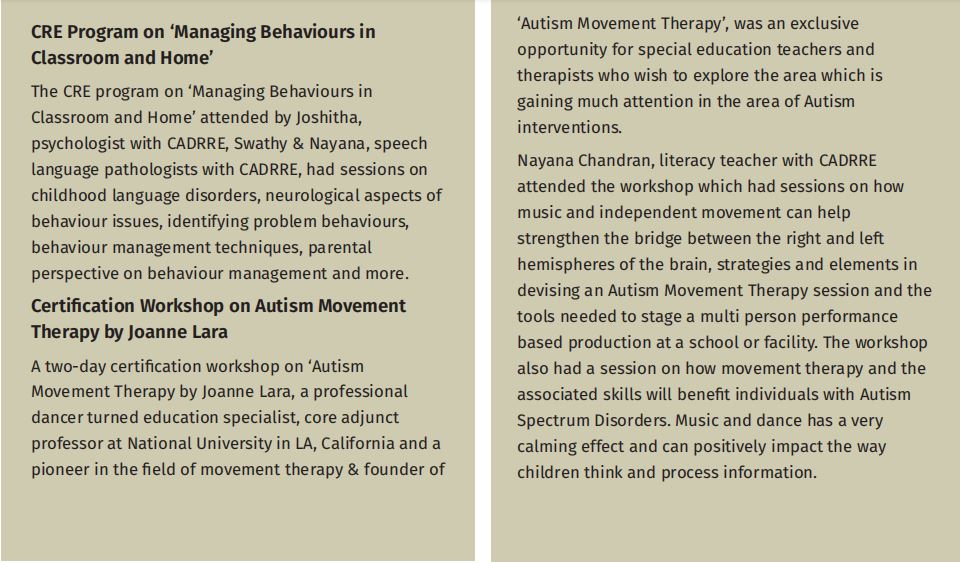
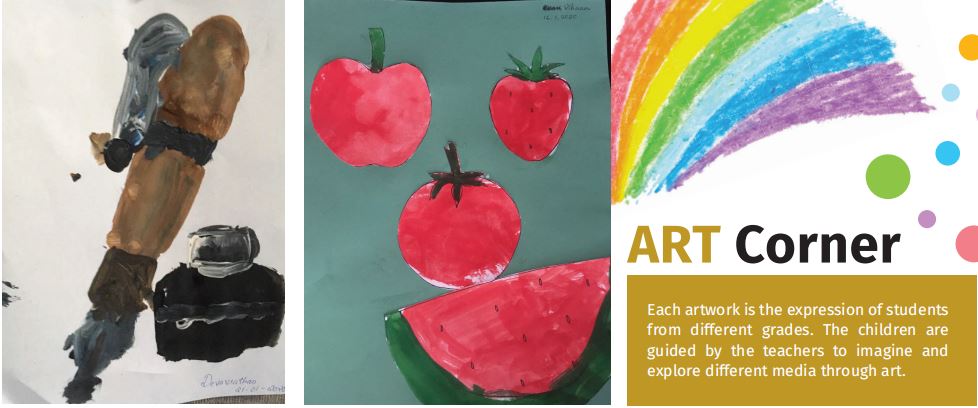
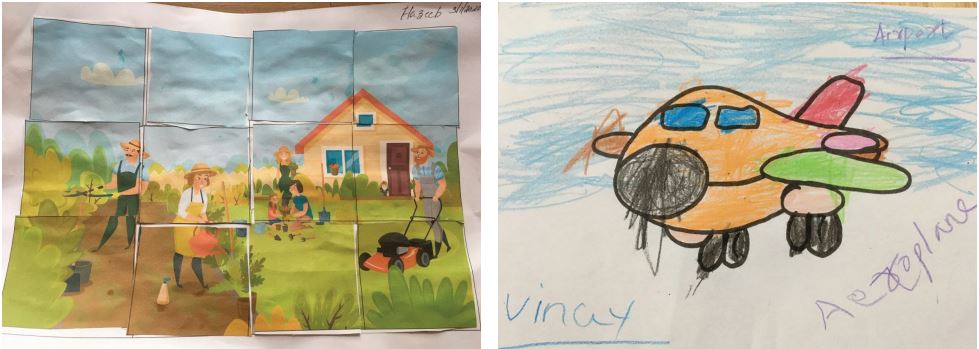

Thought for the month
– Unknown